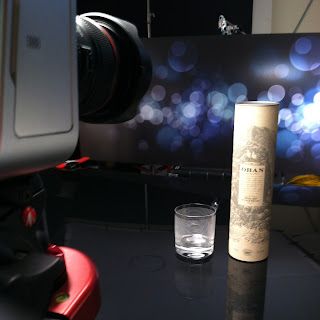What happens when you only shoot with available light?
New technology is always fun to play with. As an artist, the possibility of greater flexibility with new options for creative self-expression is tantalizing to say the least. So when my new Sony A7RIV came in, I was anxious to see how it would change my art.
The Idea
Since I first discovered the genre, black and white fine art photography has been a curiousity. My entire career has been commercial in nature, ie everyone was dressed. So stying and lighting a human form was never a skill I needed to develop. For my first shoot with the new camera, I decided to produce a short series of images in this genre.
The Rules
Art without limitation rarely works out well. Constructs, such as time, equipment, talent, etc. all contribute to bringing the creativity of the artist to the forefront. Following that wisdom, I set the following rules for this shoot.
- No color. From the beginning I wanted to reduce the number of elements I needed to control to produce quality images. Color seemed like an obvious one.
- No lighting equipment. This one was a bit harder to think about. As a former Gaffer/Chief Lighting Tech on features, music videos, and commercial productions, the challenge to not have gear to rely upon to generate my vision was daunting. But I was curious about the expanded dynamic range, the low-light performance of this camera. How would these tools contribute to delivering the images in my head?
With those rules in place, my model and I found a location suitable for our needs and went for it!
The Results
The results were well beyond anything I could have imagined from my previous camera system. The ability to work with just window light, not even a reflector, was a dream. With no equipment to vie for my attention, no technical issues, and no wardrobe to wrinkle, the shoot was smooth. The freedom to focus on the communication with the model instead of a lighting and styleing team was, well, freeing. In a short couple of hours we were able to create some amazing images with very little to 'fix in post'.
Be sure to leave a comment below to let us know what we did right, and what we can do differently next time!






Comments
Post a Comment